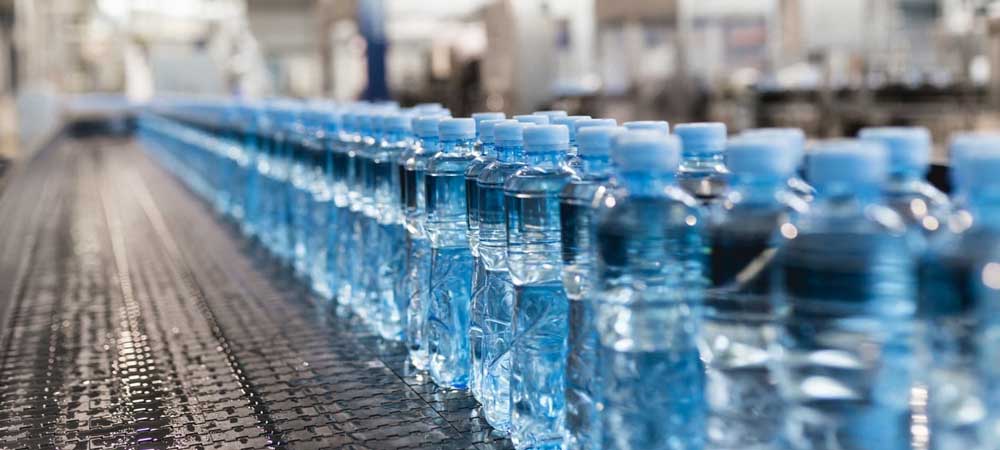Reverse Osmosis
Reverse Osmosis vs Bottled Water
Reverse Osmosis vs Bottled Water
Reverse osmosis is a water purification technology which produces ultra-pure, healthy drinking water, enjoyed by millions of people around the world every day.
Many of the well known and speciality bottled water brands use reverse osmosis during their manufacturing stage, this is because of the efficiency and high purity level of the water it produces. Additionally, reverse osmosis is used in large scale industries such as soft drinks and food manufacturing.
Whichever, bottled water or speciality drink you choose, there is a very high chance that it has been through the reverse osmosis process. Let’s take a look at some of the everyday well known brands, which make use of reverse osmosis technology.
Odour-Free Water
You have probably noticed a funny smell in tap water. The odour in tap water is caused by chlorine. Public water sources contain chlorine, to help kill bacteria in our water sources.

Purified water removes all impurities from water including chlorine and other contaminants. Providing you with a odour-free cup of purified water.
The Healthier Option
The reverse osmosis process removes many types of chemicals and physical particles that are not advised for human consumption. Even herbicides and pesticides that are used in the farming industry can make their way into our reservoirs during rainfall and contaminate our water supply. The reverse osmosis process removes, even the smallest of harmful particles from your water supply.
